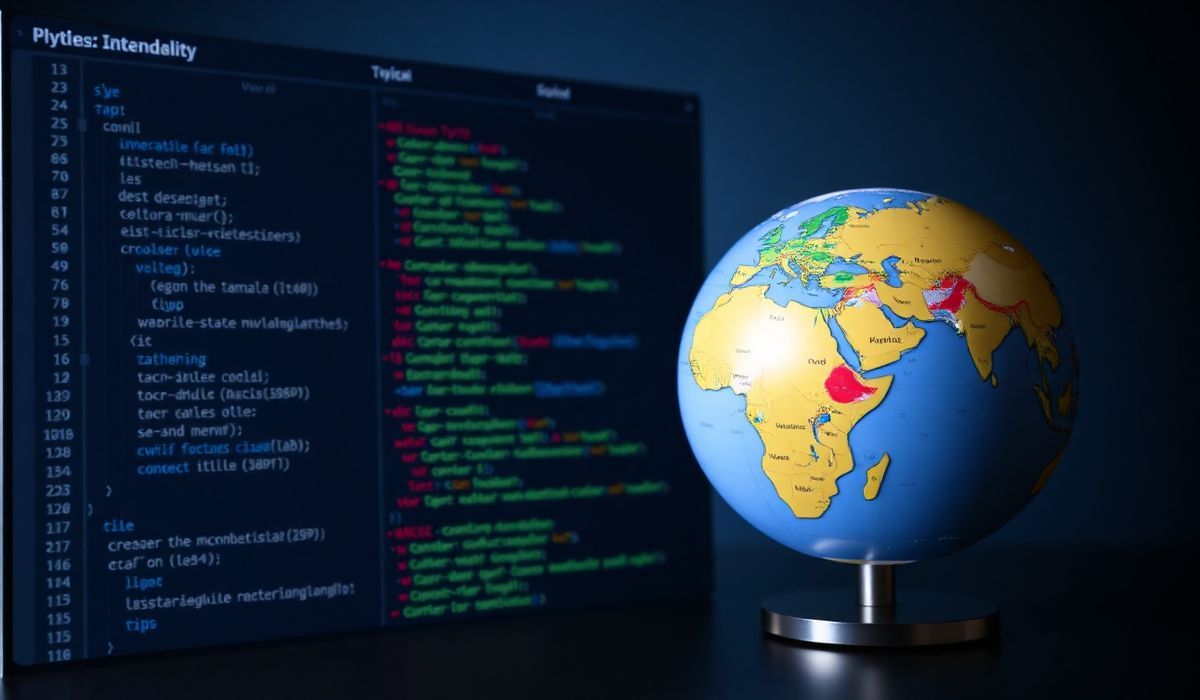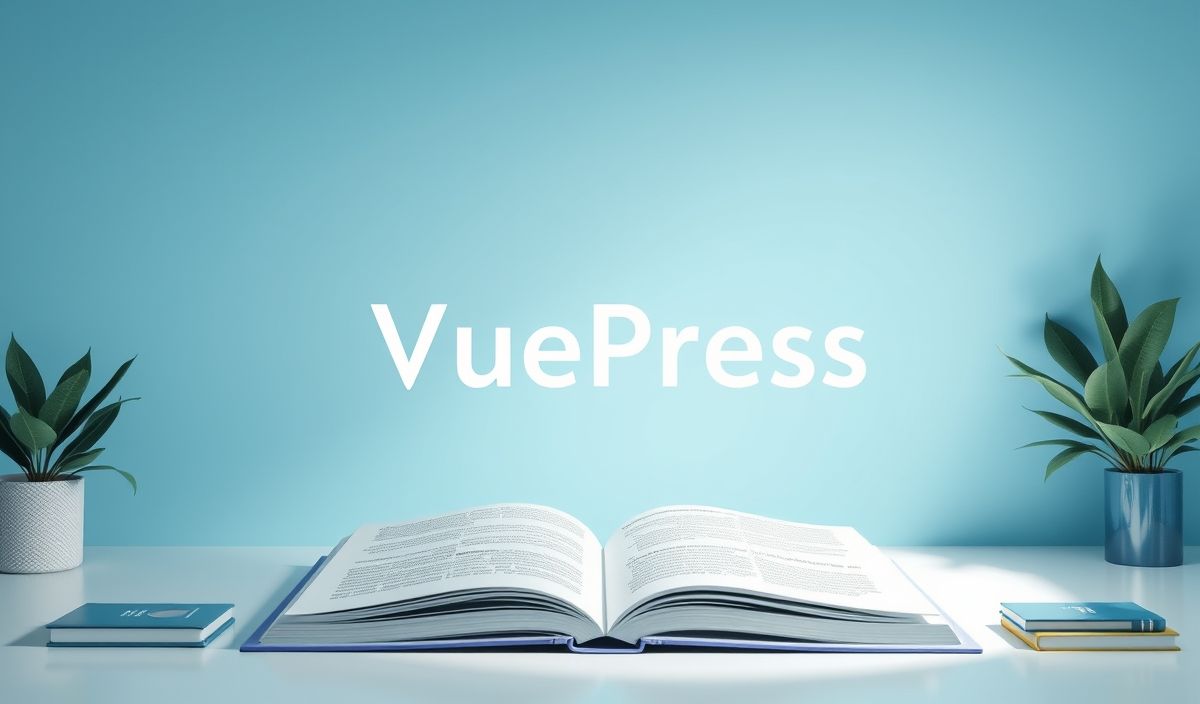Introduction to Charset Normalizer
Handling text encodings effectively is a critical aspect of modern software development, particularly when working with multibyte or internationalized data. charset-normalizer is a Python library designed to detect and fix potential encoding issues in text data. It provides developers with powerful APIs to normalize, analyze, and handle text encodings seamlessly.
Getting Started with Charset Normalizer
Install charset-normalizer using pip:
pip install charset-normalizer
Common APIs in Charset Normalizer
1. Encoding Detection
Detect the encoding of a text file:
from charset_normalizer import from_path
result = from_path('example.txt')
print(result.best().encoding)
2. Analyze Encoding
Analyze and obtain confidence details for various encodings:
from charset_normalizer import from_bytes
byte_sequence = b'\x80abc'
results = from_bytes(byte_sequence)
for result in results:
print("Encoding:", result.encoding)
print("Confidence:", result.fingerprint.confidence)
3. Normalize Text Content
Normalize the encoding of a text to UTF-8 while maintaining data integrity:
from charset_normalizer import normalize
input_text = b'\xc3\xa9cole'
normalized = normalize(content=input_text)
print(normalized.output.decode('utf-8'))
4. Automatic File Conversion
Convert a file to UTF-8 automatically:
from charset_normalizer import from_path
results = from_path('example.txt')
with open('example_utf8.txt', 'w', encoding='utf-8') as f:
f.write(str(results.best()))
5. Error Detection in Encoding
Identify errors in encoding or multibyte sequences:
from charset_normalizer import from_bytes
corrupted_data = b'\x80abc'
results = from_bytes(corrupted_data)
if results:
print("Possible encoding issues detected.")
Real-World Example: Encoding Normalization in an Application
Imagine building an application that reads multi-language text files and normalizes them into a uniform encoding. Here’s how you might achieve this using charset-normalizer:
import os
from charset_normalizer import from_path
def normalize_file_encoding(directory_path, output_dir):
os.makedirs(output_dir, exist_ok=True)
for filename in os.listdir(directory_path):
input_path = os.path.join(directory_path, filename)
if os.path.isfile(input_path):
results = from_path(input_path)
best_guess = results.best()
if best_guess:
output_path = os.path.join(output_dir, filename)
with open(output_path, 'w', encoding='utf-8') as out_file:
out_file.write(str(best_guess))
print(f"Normalized: {filename} -> {output_path}")
else:
print(f"Could not normalize: {filename}")
normalize_file_encoding('input_files', 'output_files')
The above example processes a folder of text files, detects their encodings, and converts each file to UTF-8.
Why Use Charset Normalizer?
- Handle a wide variety of encodings seamlessly.
- Boost confidence when working with internationalized text datasets.
- Simplify workflows involving encoding conversion and normalization.
Conclusion
charset-normalizer is an indispensable tool for Python developers dealing with text data from diverse sources. By leveraging its versatile APIs, you can ensure that your applications process text reliably and uniformly. Start using charset-normalizer today and experience encoding challenges fading away!




